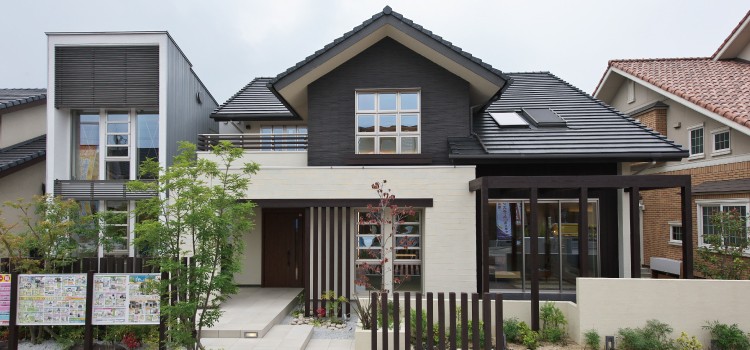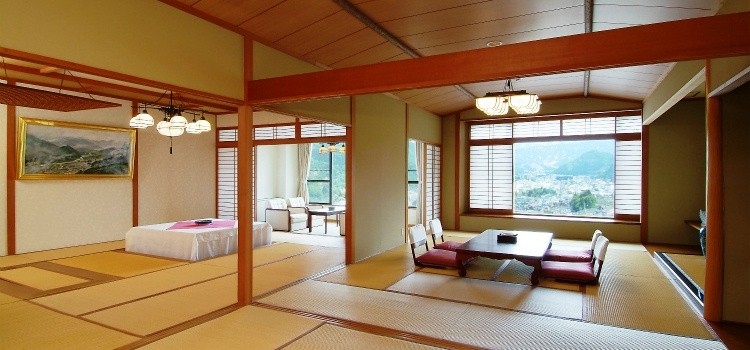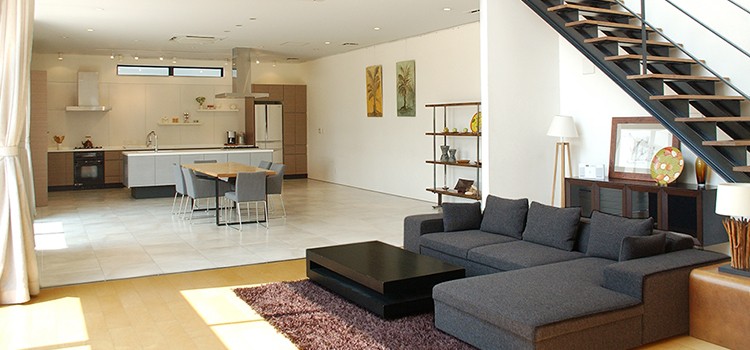Most people think that just because Japan is small and has 127 million people, most houses are tiny. Indeed, the media shows some apartments in Tokyo that are absurdly small, and for sure the Japanese houses are smaller than the houses of our immense Brazil.
During my experience in Japan I had the opportunity to understand that many Japanese houses are huge as well as practical. In this article I will debunk some exaggerated ideas about houses in Japan being small and crowded and also address some issues related to houses in Japan.
Table of Content
are not that small
Tokyo is one of the largest cities in the world, many young Japanese and people from all over the world dream of living in Tokyo. This means that almost one-third of the Japanese population lives in Tokyo or other large cities like Osaka. Of course, if 13 million people want to live in just one city, thousands of tiny houses and apartments will be the homes of these people.
Even so, walking through various neighborhoods in Tokyo, I was able to find several traditional Japanese houses with a quite pleasant size, more than enough for comfort and inviting friends. Of course, there are thousands of tiny apartments, but it's no different from Brazil where thousands of people live in shacks or kitnets.
If even in Tokyo you can find big houses with up to 4 bedrooms, what about small towns? Japan does not suffer from a lack of space, in fact it is the opposite, the government is predicting cities being extinct due to lack of residents. Below we will see what is the standard of houses in Japan and their respective sizes.

How are the houses in Japan?
In Japan, there are approximately 53 million households, including houses and apartments. While urban areas are known for their compact living spaces, the average size of Japanese residences is surprisingly generous, around 94 m², spread across about four rooms. It is worth noting that, unlike Brazil, where it is common to find lots of 300 m², Japanese plots are smaller, usually offering space for a small garage and a limited yard. Even so, many believe that a house of 90 m² is quite comfortable.
More than 40% of homes in Japan are built of wood, a traditional material that still prevails, especially in rural areas. In fact, more than 50% of Japanese households are located outside of the major urban centers, where the land is slightly more spacious. This factor influences the lifestyle of families who choose homes with more spacious outdoor areas, albeit simple ones. And yes, it is true that most homes have two floors, which helps to optimize the available space on smaller lots.
However, for many, acquiring a home in Japan remains a distant dream, especially for foreigners or single individuals. As a result, one or two-room apartments are quite common, and even large families end up opting for more compact living spaces to save on rent. It reflects the high housing costs, but even under these conditions, Japanese design manages to maximize space, making the environment functional and comfortable. Later on, we will explore the characteristics of these homes in detail, from their floor plans to the materials used in construction.
In summary:
- Number of householdsJapan has approximately 53 million households, including houses and apartments.
- Average size of residencesThe average area of Japanese residences is about 94 m², distributed in approximately four rooms.
- Location of homes: More than 50% of households are located in rural areas, where the land is more spacious.
- Building material: About 40% of houses are built from wood, a traditional material widely used in the country.
- Number of floorsMost homes have two stories, optimizing space usage in smaller lots.

Practicality and comfort
For some, Japanese apartments and houses may be small, but their practicality is undeniable. Most houses have bathtubs, and the toilet is not in the same place as the bath. In addition, many traditional houses have sliding doors, cabinets, and secret built-in compartments. Sliding doors are super practical and can transform a large room into a separate bedroom for guests. Another thing that can be noticed is that there are no walls between houses, proving more the trust and freedom that one has.
My experience
During my trip, I stayed in a huge house, and in this neighborhood, there were several identical houses. The house had a large kitchen and living room and another room on the lower floor. It had the bathroom and the laundry and shower area on the first floor. On the second floor, it had 3 bedrooms and another bathroom. The owner said she financed it and paid about 25 million yen at that time, around 700,000 reais, a low amount considering the Japanese salary and comparing it to houses in Brazil.
Overall, I visited 3 アパートメント and 3 家, and I didn't find any of them small. Only one of the アパートメント that can be considered small had only 1 room with a kitchen at the entrance and with the トイレ next to the bathing area. It is probably an apartment for just one single person; this アパートメント is located in the city of 大阪.

So I came to the conclusion that the houses in Japan and Brazil are not so absurdly different in size, everything will depend on the financial condition and if the person really lives in a house or an apartment. The only thing that can be called small is the land, which, in my opinion, takes less work to clean. Is that you? What do you think of Japanese houses?
